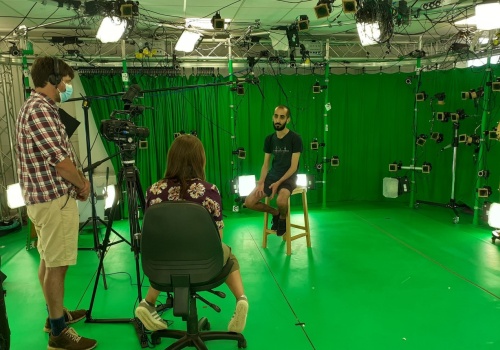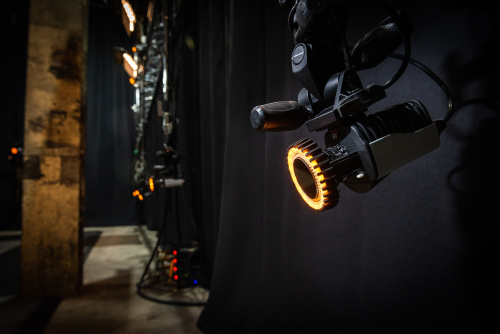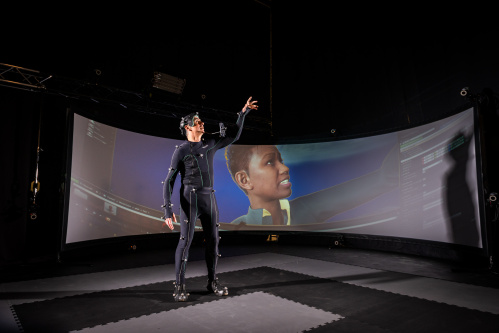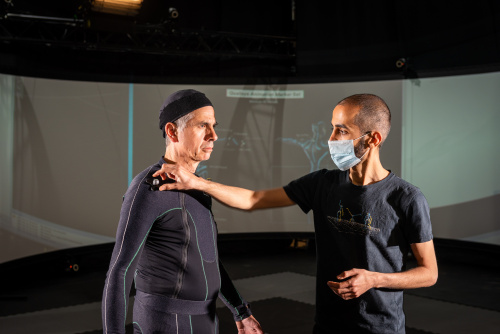2 Papers for Pooya Soltani at 19th Congress of Association of the Researchers in Physical and Sport Activities
News

What can a virtual reality (VR) setup reveal about sports performance? This question may arise for coaches willing to use sports simulators, as complementary tools, for performance tracking. They might be lost in choosing the right sensor and analysis methods or have doubts whether they can detect the aspects of performance that are relevant to them.
The prestigious 19th Congress of Association of the Researchers in Physical and Sport Activities is being held in Montpellier, France this year. Dr Pooya Soltani, studio engineer at CAMERA Innovation Studio, is presenting two of his works on multi-level analysis of basketball in virtual reality, together with Dr Antoine Morice from the Institute of Movement Sciences – Etienne Jules Marey, Aix-Marseille University, France.
1- What level of analysis is needed to detect expertise during basketball shooting in virtual reality?
To benefit from virtual reality (VR) as a complementary tool for training, coaches must determine proper tools and variables for tracking sport performance. We explored basketball shooting at several scales (ball-basket, player-ball, and player systems) by monitoring success rate and ball and body kinematics. We also measured how perceptual sensitivity to visual sources of information, can be influenced by basket distance, level of expertise, and gender.
Read more: https://www.researchgate.net/publication/355648315
2- Tracking expertise in visual information pickup when throwing basketball using virtual reality.
The basketball court offers multiple sources of visual information for players to perceive the basket’s distance. The perceptual superiority of experienced players in picking-up those information sources for regulating their throw should be established. Virtual reality provides a valuable tool for players and coaches to examine visual information pickup without impoverishing the visual scene and without mounting bulky eye tracking systems on the players.
Read more: https://www.researchgate.net/publication/355648208









